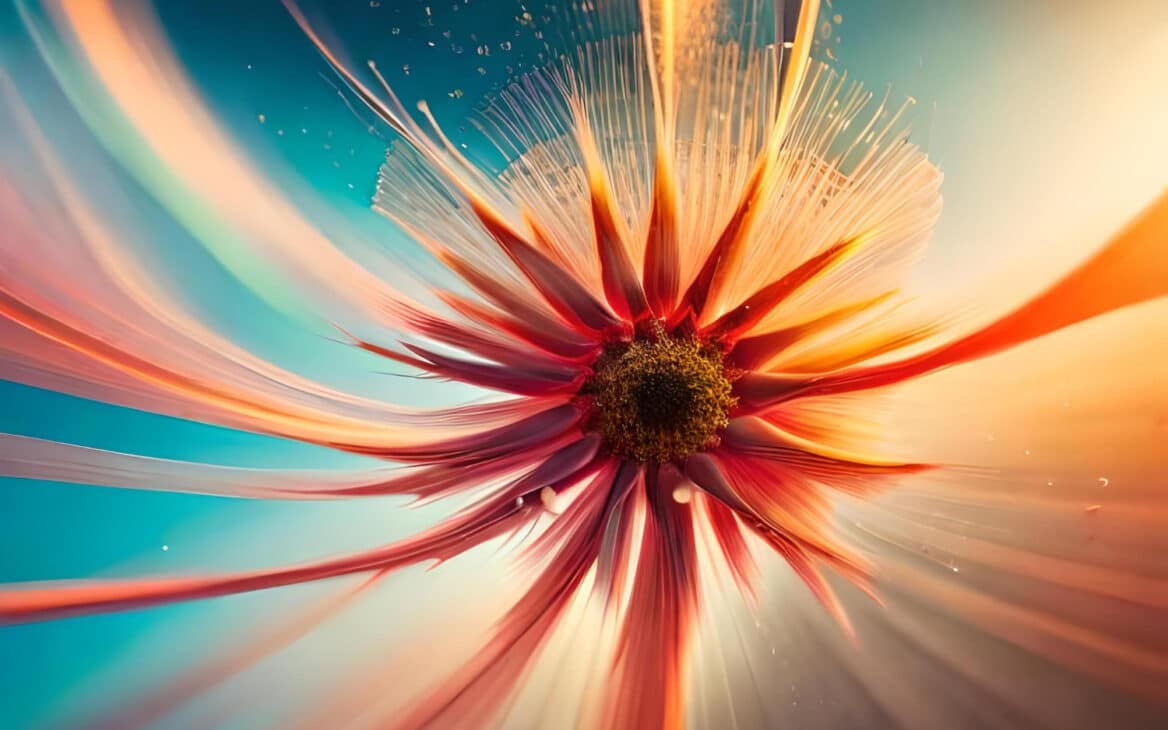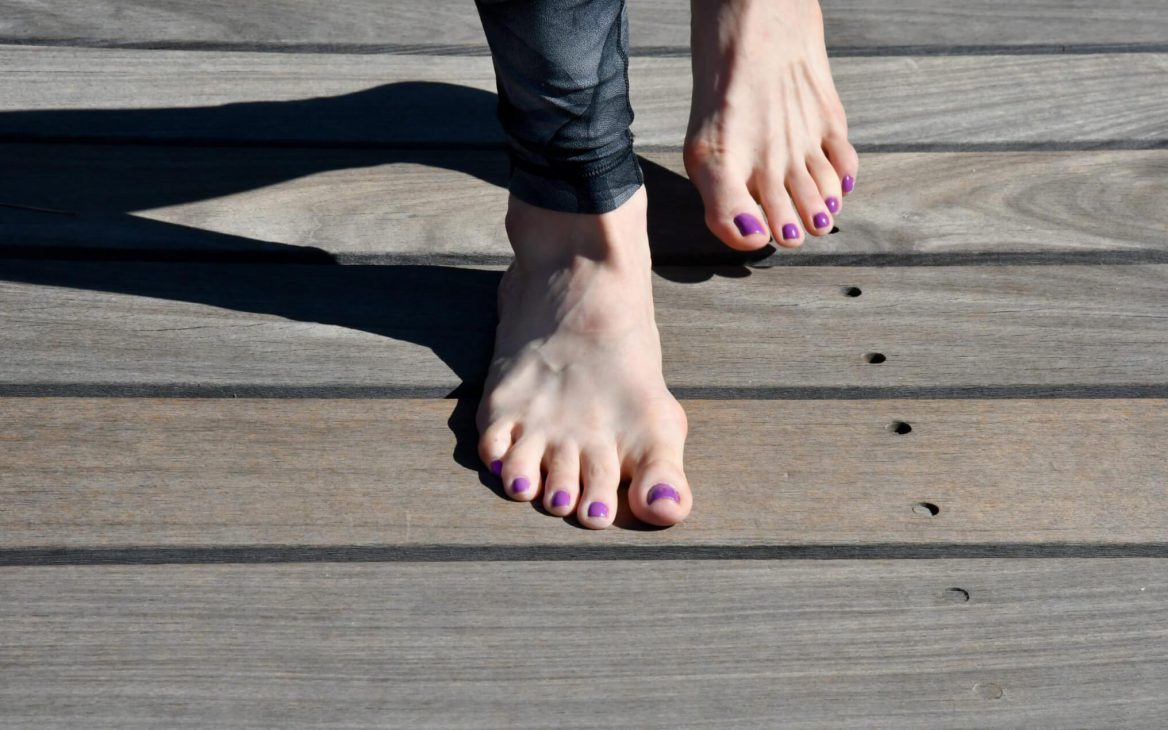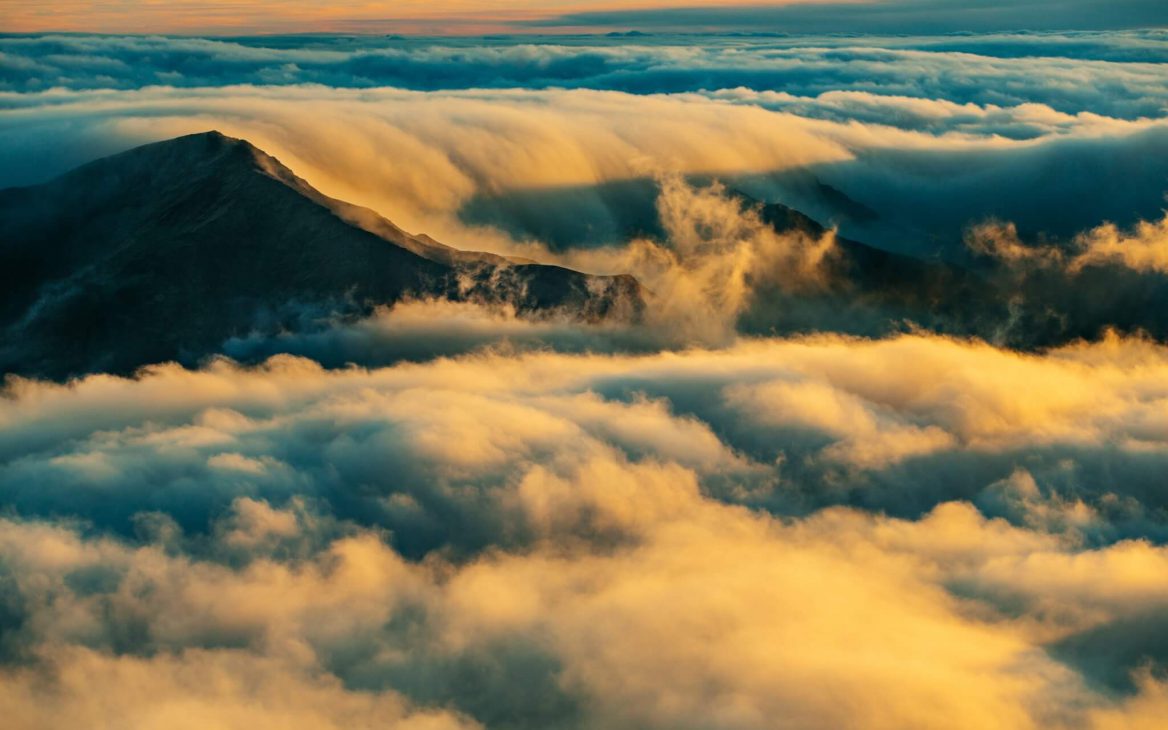It is strange to think that there were camels in North America, traipsing around North Dakota with their humpbacks and bad attitudes. They hung on until the end of the Pleistocene era and were called Camelops, a name reminiscent of a Dr. Seuss character, or a Camel that is stepping in for a photo opportunity. The camel pose (ushtrasana*) is equally strange, for the “camel back” turns into the “camel front”. It may not be easy for a camel to store water in its hump (explaining why camels can be so very grumpy) nor is it easy to do the camel pose. For to create the camel hump in the front chest requires elasticity in the spine. This is a pose for the ventral sheath, for sure, stretching the front body from the skin of the toe nails to the base of the chin.
Begin your sequence with other backbends. I recommend, Warrior I, supta virasana, salabhasana, dhanurasana (the bow) and upward dog. It is also advisable to do twists prior to backbends in order to reduce incongruities in your spine. If possible do three camels, so you end up with a harem of lovely long-lashed camel-ladies…:
- For your first one, place a bolster atop of your calves and bring your hands back onto the bolster.
- Then reach back and touch heels with hands
- Bind your mid thigh with a strap in the pose
Technique Details:
- Press the top of your feet to the floor and avoid your feet cycling inward
- Set your feet and shins parallel to each other. If your knees slide out you will jam your sacrum
- Slide the buttock muscles down away from your low back. This can be done manually as you go back into the pose
- When entering, it is initially important to go upward. Imagine that you are like a high-jumper going over a bar. Don’t hit the bar with your trunk by going straight back
- Press your thighs forward, away from your feet
- Externally rotate your arms and draw your collarbones away from one another
- Lift your sternum and side chest as much as possible, creating the characteristic dome shape of the chest
- If you perform with the strap, the stretch in the central quad is more profound, as forces in the legs cannot pull the legs apart
Students tend not to like ushtrasana (their camel really is grumpy) for two reasons: pain in the low back and pain in the neck. To prevent lower back pain, create maximum height as you arch upward to go back (over the imaginary high jump bar). Then to avoid neck pain or vertigo like symptoms, avoid throwing your head all the way back. Keep your head up, in such a way that the bridge of your nose is level to the ceiling. This takes a bit of cervical strength, but it avoids the decapitation experience, as when the back of the neck is over-extended thus causing circulation through the carotid artery to be adversely affected. Honestly, the key to this pose is long elastic quadraceps, so practice preparatory movements that give you length in your quads.
*Note: The Camel is not ustrasana but ushtrasana. 99% of people misprounounce this Sanskrit asana name… another reason why their camels may be grumpy…


